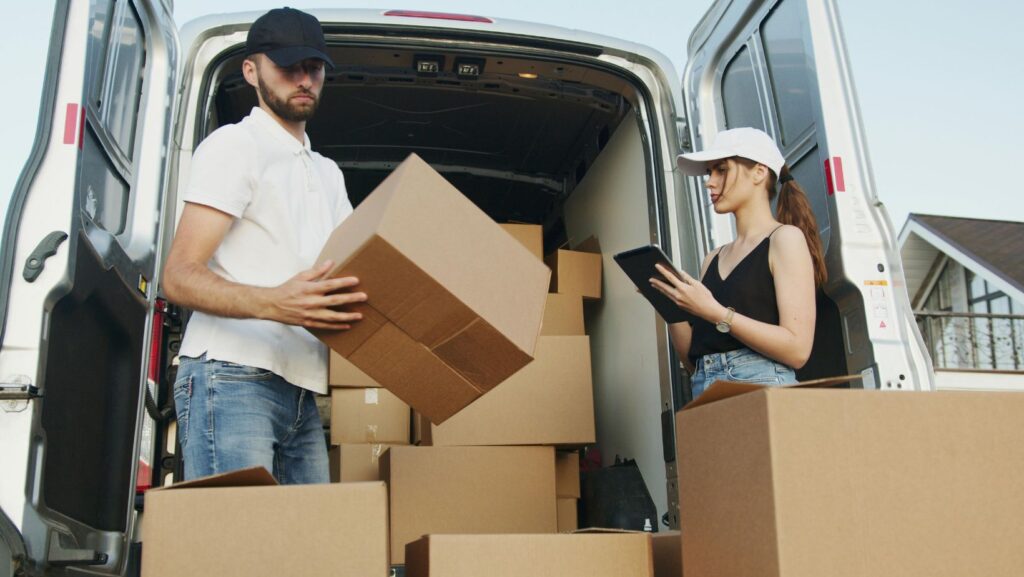Relocating to a new home can be one of the most exciting yet stressful experiences in a person’s life. Whether you’re moving from NY to CA or simply relocating within your state, the anticipation of a new beginning can often be overshadowed by the challenges of packing, organizing, and setting up in a new environment. However, with the right strategies in place, you can ensure a smooth and seamless home relocation process. Here are some essential strategies to consider when planning your move.
Planning Ahead
One of the most critical aspects of a successful move is planning ahead. Start by creating a comprehensive timeline that outlines each step of the relocation process. Begin this timeline at least two months before your moving day. List out tasks such as notifying your landlord or real estate agent, scheduling utility cancellations and setups, and organizing packing supplies. This structured approach will help you stay focused and reduce the chances of last-minute chaos.
Decluttering Before the Move
Before you start packing, take the time to declutter your belongings. Moving is an excellent opportunity to reevaluate what you own. Go through each room and assess items you no longer need or use. Donate, sell, or recycle things that are in good condition but no longer serve a purpose. Not only will this lighten your load, but it will also save you time and money on packing and transportation. A decluttered home is easier to pack and will make the unpacking process at your new place much more manageable.
Organizing Your Packing Supplies
Gathering packing supplies is an essential step that should not be overlooked. Make a list of what you will need, including boxes, packing tape, bubble wrap, and markers. Invest in sturdy boxes in various sizes to accommodate different types of items. It’s also helpful to have specialized containers for fragile items, such as dishes or electronics. When you have all your supplies ready, you can begin packing efficiently. Having adequate supplies will prevent delays and ensure that your belongings are protected during transportation.
Labeling Boxes Effectively
Once you begin packing, labeling your boxes becomes crucial. Use a color-coding system, or write clear labels indicating the contents and the room they belong to. For example, if a box contains kitchen items, label it “Kitchen” and include a brief list of the contents. This labeling system will simplify the unpacking process and help you find essential items quickly once you arrive at your new home. Consider keeping a master inventory list to track what you have packed and where it is located.
Hiring Professional Movers or Renting a Truck
Another decision to make early in the process is whether to hire professional movers or handle the move yourself. If you have a lot of heavy furniture or a significant volume of belongings, hiring professional movers may be the best choice. They come equipped with experience and tools that can help streamline the moving process. On the other hand, if you opt to do it yourself, renting a moving truck can save you money and provide flexibility. Be sure to book your chosen service well in advance to secure your moving date.
Creating a Moving Day Checklist
As moving day approaches, create a detailed checklist to ensure that nothing is forgotten. Include tasks such as confirming arrangements with the moving company, packing a “first-night” box with essentials, and ensuring that utilities are scheduled for transfer or disconnection. This checklist will serve as a guide, keeping you organized and focused on the tasks that need to be completed on the big day. A well-prepared checklist can significantly reduce stress and ensure that you are ready for the move.
Establishing a New Home Routine
Once you arrive at your new home, establishing a routine can help you settle in quickly. Start by unpacking your essentials and setting up key areas like the kitchen and bedroom. Unpacking can feel overwhelming, so focus on one room at a time, completing it before moving on to the next. This approach will help create a sense of order and accomplishment. Take the time to explore your new neighborhood, locate nearby grocery stores, schools, and parks, and introduce yourself to neighbors. Building a sense of community can ease the transition into your new life.

Updating Your Address and Information
Once you have moved into your new home, don’t forget to update your address with important institutions. Notify the post office, banks, insurance companies, and any subscription services of your new address. It’s also wise to inform friends and family so they can reach you at your new location. This step is often overlooked but is crucial in ensuring that you receive important mail and notifications without interruptions.
Taking Care of Yourself During the Move
Amid the hustle of moving your home, it’s essential to prioritize self-care. Moving can be physically and emotionally taxing, so make sure to take breaks, stay hydrated, and eat healthy meals. Incorporate relaxation techniques such as deep breathing or short walks to manage stress. If possible, enlist the help of friends or family to make the process more enjoyable. Sharing the experience can lighten your mood and make the move feel less daunting.
Reflecting on Your Experience
After the dust has settled, take some time to reflect on your moving experience. Consider what strategies worked well and what could be improved for next time. Whether it’s learning to declutter more effectively or finding better packing techniques, every move offers valuable lessons. By reflecting on your experience, you can gain insights that will make future relocations smoother and easier.
By following these essential strategies, you can turn what is often a stressful experience into a manageable and even enjoyable process. With proper planning, organization, and self-care, your home relocation can be a seamless transition into an exciting new chapter of your life.

